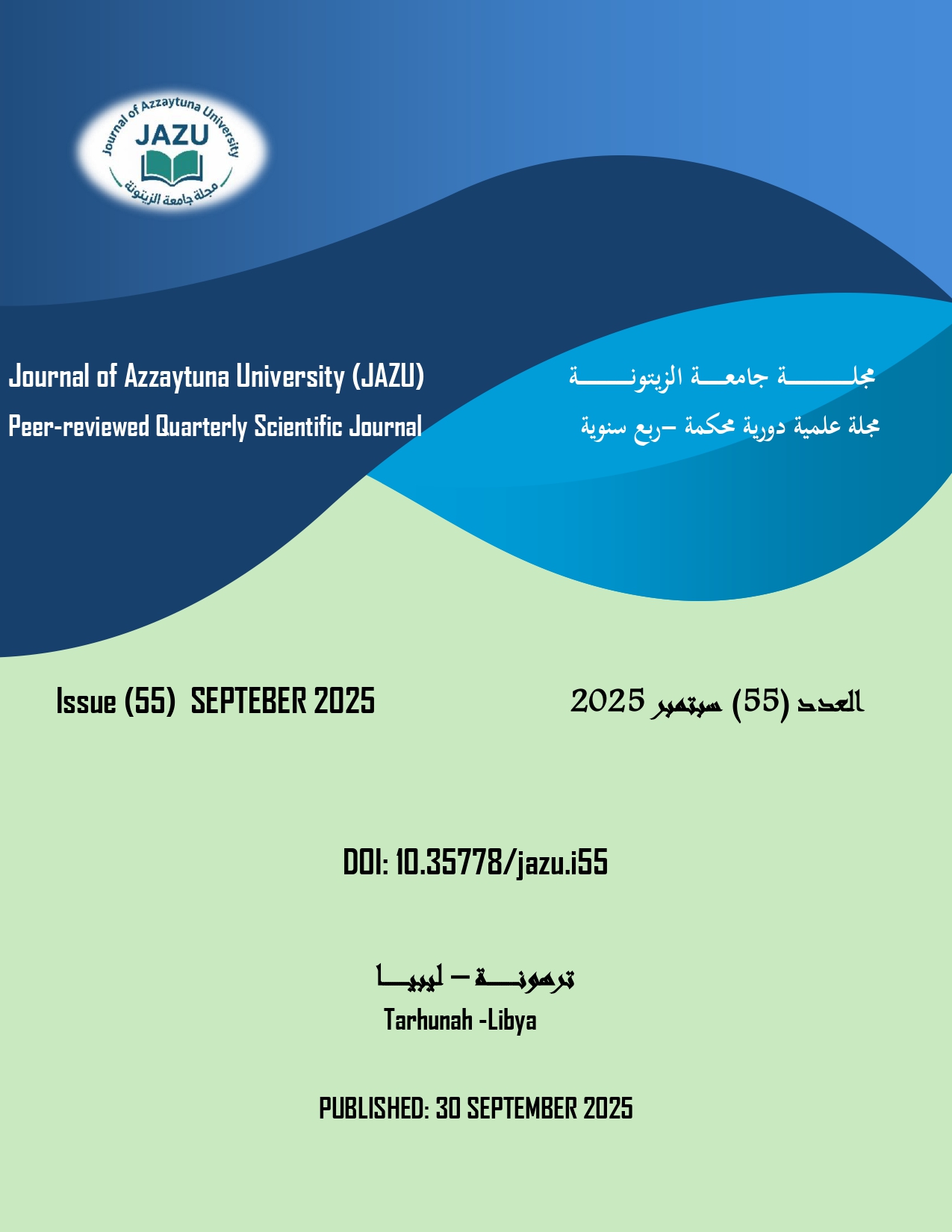Disturbance Rejection Control Approach for Rotating Antenna
DOI:
https://doi.org/10.35778/jazu.i55.a561Keywords:
DC motors, antenna, extended state observer, and active disturbance rejection controlAbstract
In this work, we propose designing a system that has approximately the same idea as the radar’s operation concept. The representative process control challenges are tackled using a new control technique called Active Disturbance Rejection Control (ADRC) to solve tracking control problems. An additional state variable, that is calculated and adjusted in real time, is the disturbance and the unmeasured dynamics related to the antenna. This disturbance and the unmeasured dynamics are handled in the ADRC framework. This controller is applied to drive and rotate the antenna to the appropriate locations in 2D in real-time using two DC motors that operate independently. The ADRC estimates the internal and external disturbances using an extended state observer (ESO). A simulation study is performed on two ADRC controllers and DC motors which give excellent results and drive the antenna successfully to the desired position in two cases: without and with external disturbances.
Downloads
References
[1] Han , J. (1998). Auto-Disturbance Rejection Control and its Applications. Control and Decision, Vol.13, No.1. (In Chinese).
[2] Han , J. (1999). Nonlinear Design Methods for Control Systems. Proc. of the 14th IFAC World Congress, Beijing.
[3] Gao, Z., Huang, Y., & Han, J. (2001). An Alternative Paradigm for Control System Design. Proc. of the 40th IEEE Conference on Decision and Control. pp 4877-4882.
[4] Gao, Z. (2003). Scaling and Parameterization Based Controller Tuning. Proc. of the American Control Conference, pp. 4989-4996.
[5] Gao, Z. (2006). Active Disturbance Rejection Control: A Paradigm Shift in Feedback Control System Design. Proc. of the American Control Conference, Minneapolis, pp. 2399-2405.
[6] Gao, Z., Hu, S., & Jiang, F. (2001). A novel motion control design approach based on active disturbance rejection. in Proceedings of the IEEE Conference on Decision and Control, pp. 4877-4882.
[7] Zheng, Q., & Gao, Z. (2006). Motion control opmitimization: problem and solutions. Interntional Journal of Intelligent control and systems, vol. 10, no. 4, pp. 269-276.
[8] Su, Y. X., Duan, B. Y., Zheng, C. H., Zhang, Y. F., Chen, G. D., &Mi, J. W.(2004). Disturbance- rejection high-precision motion control of a Stewart Platform. IEEE Transactions on Control System Technology, vol. 12, no. 3.
[9] Huang, Y., Xu, K., & Han, J. (2001). Flight control design using extended state observer and non-smooth feedback. In Proceedings of the IEEE Conference on Decision and Control, pp. 223-228.
[10] Sun, B., &Gao, Z. (2005). A DSP-based active disturbance rejection control design for a 1KW H-bridge DC-DC power converter. IEEE Trans. on Industrial Electronics, vol. 52, no. 5, pp. 1271-1277.
[11] Hou, Y., Gao, Z., Jiang, F., & Boulter, B. (2001). Active disturbance rejection control for web tension regulatio. Proceedings of the 40th IEEE Conference on Decision and Control, pp. 4974-4979.
[12] Nise, N. S. (2000). Control System Enginerring (6th Edition). John Wiley & Sons.
[13] Ahmed, M., Mohd Noor, S. B., Hassan, M. K., & Che Soh, A. B. (2014). A Review of Strategies for Parabolic Antenna Control. Australian Journal of Basic and Applied Sciences, vol. 8, pp. 135-148.
[14] Alooa, L. A., Kihatob, P. K., & Kamauc, S. I. (2016). DC Servomotor-based Antenna Positioing Control System Design using Hybrid PID-LQR Controller. European International Journal of Science and Technology, vol.5, pp. 17-31.





